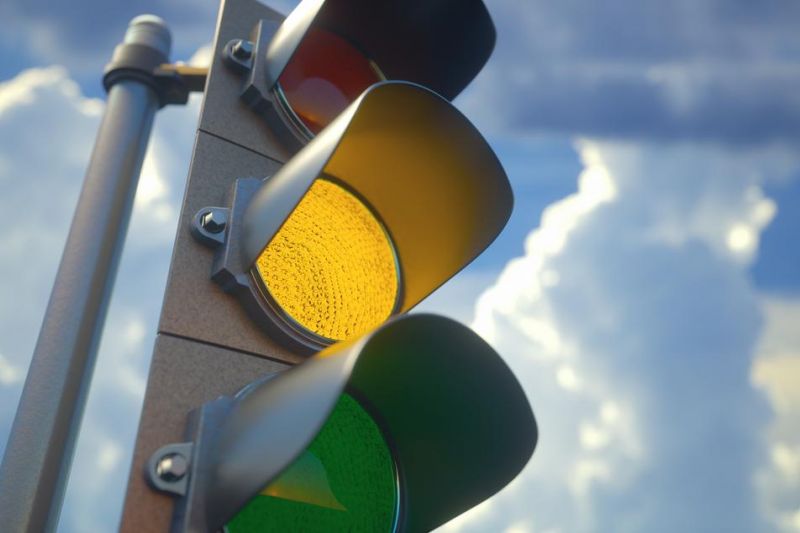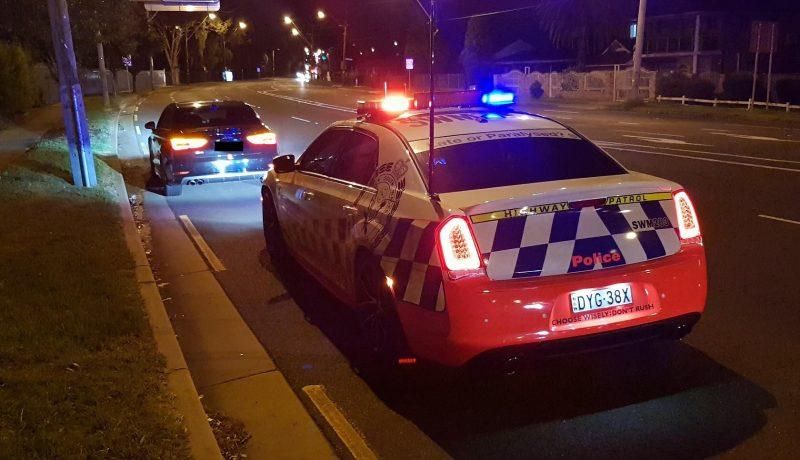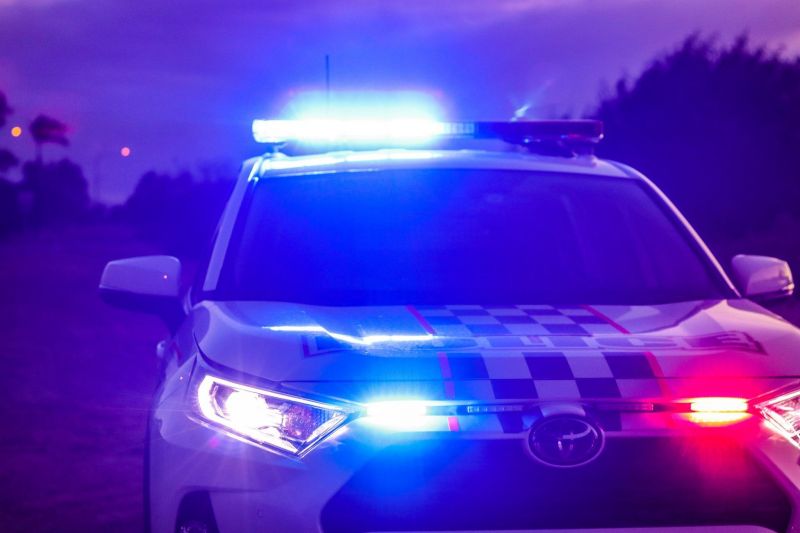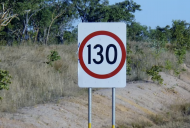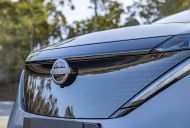You see it on the road anywhere there is a set of traffic lights – people tend to think that yellow or amber lights mean “hurry up before it goes red”. But in reality, you are supposed to stop if it is safe to do so.
- A red light camera might not catch you, but a police officer could
- Fines and demerit points apply if you are caught
- Never speed up to “make a yellow”
It might seem obvious, but green means go. Not yellow. And yet there are countless instances of drivers speeding up to make it through an intersection on a yellow light.
But did you know that, in most situations, the penalties are almost identical between running a yellow light and being caught for running a red?
Australia-wide the legislature around traffic lights is worded around the premise of safety – and, for yellow lights, being able to stop safely in the situation you find yourself in. And keep in mind that in nearly all situations where traffic lights operated, there will be lines on the road indicating where you’re supposed to stop – be it stopping for a yellow light, or a red.
Okay, so what could stop you from safely halting your progress at an amber traffic light?:
- The conditions – whether the road is wet or dry, and whether the visibility is good or not. If it’s dry and clear, you’re more likely to be in strife for running a yellow.
- Also, the proximity to other vehicles behind you – so, if you’re being tailgated and think you braking hard could result in an accident.
- Any attempt at braking – if you try to brake but then don’t come to a stop, that could be a red flag.
- And exhibiting any acceleration to try and beat the light. Pretty self explanatory, right?
It’s worth noting that if you happen to run a yellow or red light in a company vehicle, some jurisdictions could fine you thousands of dollars for the offence.
Here’s a rundown of the rules from some of the Australian jurisdictions:
New South Wales
NSW state transport page states: “A yellow (amber) light means you must stop. You can only go through a yellow light if you cannot stop safely before the ‘Stop’ line.”
If you fail to obey that instruction, NSW Road Rules 2014, rule 57, has several potential offences that you may be charged with depending on the type of intersection and the action taken by the driver, all of which attract three demerit points and a $464 fine. That’s the same as if you ran a red (NSW Road Rules 2014, rules 59 & 60).
Queensland
QLD’s state transport page states a yellow light means that you should stop if it is safe to do so.
“If it’s safe to stop, you must not drive past the stop line at the yellow traffic light or, if there is no stop line, the traffic light.”
And if you could have stopped but didn’t, you may cop it for “Failing to stop for a yellow traffic light or arrow”, which under Queensland Road Rules – Section 57, could cost you three demerit points and a fine of $575.
Victoria
Victoria’s wording around the topic is that for a yellow light, “you must stop unless you can’t stop safely”. If you are found to have done the wrong thing, the fine could be $413 and three demerit points.
South Australia
In Adelaide, the Drivers’ Handbook states that a yellow light “indicates that the lights are about to change to red”, and that “you must not enter the intersection unless you are so close to the stop line that you are unable to stop safely without entering the intersection or risking a rear-end crash with vehicles following you”. Quite specific, that. However, there doesn’t appear to be any penalty for doing the wrong thing, with SA’s MyLicence page only calling out the rule for “Red light running”, stating that if you “Fail to stop for red traffic light” [ARR 56(1)], you could face a $515 fine and three demerit points.
Western Australia
Perth also seemingly has a more lenient approach to yellow traffic lights, with the offence in that state being “Driving through a red light”. It could set you back $300 if you’re fined, and three demerit points.
Australian Capital Territory
The ACT might be the home of the roundabout, but there are still traffic lights, and still rules around how they should be interpreted. ACT Policing’s website states: “Accelerating at a yellow light instead of stopping because you are in a hurry to get home, could end up with you never making it home again.”
The site says that officers target offences like: running red lights and red arrows; speeding up for yellow lights instead of braking; not stopping or giving way at intersections; not using a roundabout correctly or not indicating off the roundabout.”
Get caught doing the wrong thing at a yellow light in the nation’s capital and you could face a $502 fine and three demerit points.
Northern Territory
In the NT, there are two levels of penalty for traffic light offences. Under regulations 39 and 44, if you are found to “fail to obey red traffic light”, you could be fined $240. For “fail to obey yellow traffic light”, the fine is $100.
Tasmania
Hobart has a slightly different interpretation, with the state’s transport page stating: “Yellow traffic lights are especially important as they give you enough warning to stop before the light turns red. As you approach an intersection with traffic lights, note the traffic light colour. If you see that the light has been green for some time as you approach, be prepared that it might change to yellow. If the light has changed to yellow and you are still a safe distance from the intersection and are able to stop safely, you must not drive through the yellow light.”
The fine for the offence “Fail to stop on yellow traffic light when could have done so safely and/or proceed before permitted” is $136, but it could cost you three demerit points.
Not intended as legal advice. Check with the relevant roads authority in your state or territory.


